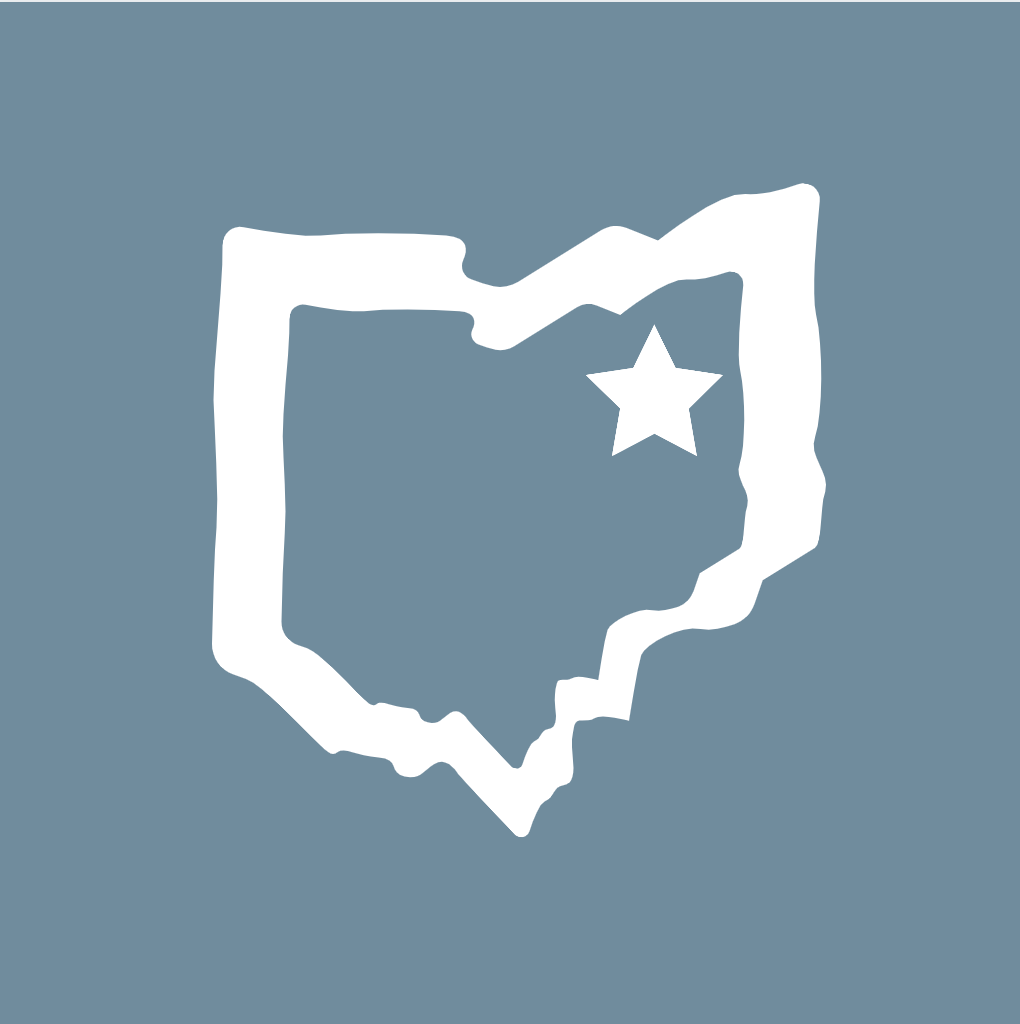Second Baptist and Wooster’s African American Community
- Home
- Cultural and Religious Communities
- Exhibits
- Second Baptist and Wooster’s African American Community
by Shannon Dade, revised by Glenna Van Dyke
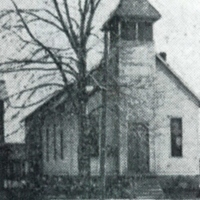
Since 1892, the Second Baptist Church has been a cultural, spiritual, and social anchor for Wooster’s African American community, and was the first historically African American church in town. Over the last 120 years, Second Baptist has grown from a modest group of families worshiping in the Spink Street firehouse to a congregation over 200 strong. Over the years it has grown and changed but it has always remained a centerpiece for African Americans in Wooster.
The Founding of Second Baptist
After the Civil War, African Americans migrated north in search of a better life. Between 1860 and 1880, some came to Wooster, and the town’s African American population grew from 7 to 32. To practice their common faith, several African American families gathered in the fire station on Spink Street. In 1892, the congregation was invited to worship at Bethany Baptist (now First Baptist). 1 However, many African American leaders in Wooster such as Henry Smith, Henry Follis, Samuel Johnson, and Sally Craig decided that they needed their own place to worship, and Second Baptist was born 2 Congregation members raised enough funds to buy some land on Vine Stree from Jacob Frick, and in 1894 the building was complete. President Scovel of the University of Wooster even spoke at the church’s dedication ceremony.
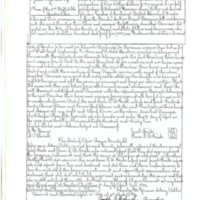
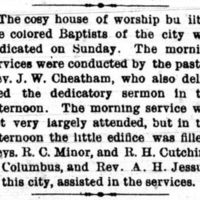
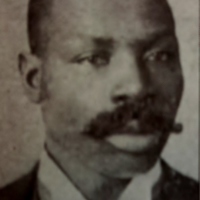
Civil Rights and Second Baptist
Reverend Leroy Adams took over ministry of Second Baptist in 1963, one of the most tumultuous times for African Americans. At the same time, the Civil Rights Movement was sweeping the country and Rev. Martin Luther King, Jr. had just made his famous “I Have a Dream” speech. Adams took up the call for racial equality and made it a priority in his ministry, making Second Baptist a support network for addressing local civil rights issues, though the congregation was not outwardly politically active.
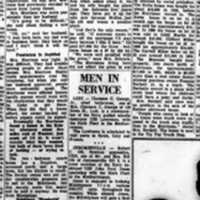
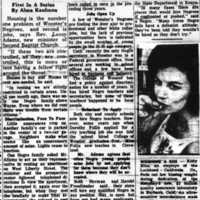
In Wooster, the main concern of African Americans was housing discrimination and de facto segregation. For years, African Americans had been restricted to living south of Wayne Avenue. Even the respected Richard Morrison Jr., who had won Wooster’s “Citizen of the Year” in 1975, was not able to purchase a house in a mostly white neighborhood in 1964.3 During his time as Reverend, Adams assisted many members of his congregation who faced discrimination both in housing and employment. 4
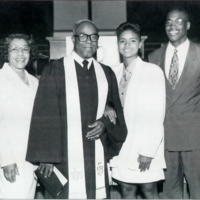
A New Chapter: Second Baptist Today
By the 1960s, Second Baptist had been a cornerstone of Wooster’s African American community for over 70 years. The congregation grew considerably over time and eventually the small church couldn’t fit everyone attending church, community events, and educational projects. In 1955, the congregation moved from the original Vine Street location to a church on Grant Street purchased from Trinity United Church of Christ. However, the building was over 100 years old and was still too small for all 150 members of Second Baptist. Reverend Adams announced plans to raise money for a new church, telling the Daily Record, “We are also hoping to organize a youth club to fight juvenile delinquency and an adult educational class.” 5 Over the next decade, the congregation and the greater community came together to raise funds, and in 1975 the Grant Street church was demolished to make way for a new one. By 1976, work was complete, and the first worship service was held.6 With this new building, Second Baptist expanded its role in the community even further.
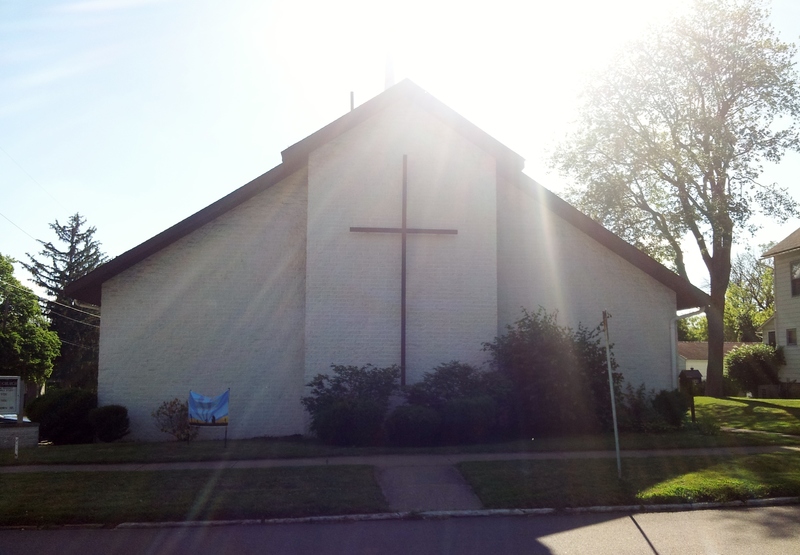
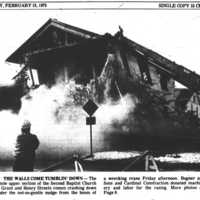
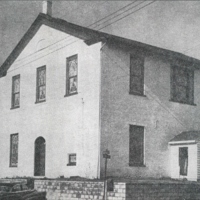
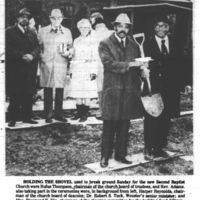
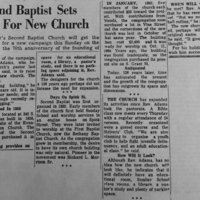
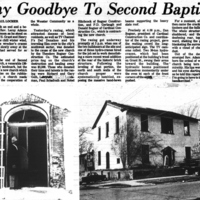
Notable Members: The Morrisons
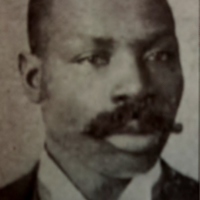
Richard L. Morrison came from Roanoke, Virginia to Wooster in 1880 and became a barber, mostly serving businessmen and University professors. He also worked for Jacob Frick and would eventually purchase land from him to establish Second Baptist Church. Morrison quickly became a local leader within the African American community. 7 His son, Richard “Dick” Morrison Jr., began working alongside his father as a child and eventually opened his own barber shop in 1912. 8 The Morrison Barber Shop, which was where the Daily Record Building is now, became a local landmark. Dick Morrison was a Second Baptist and community leader as well, and was named Wooster’s Citizen of the Year in 1975.9
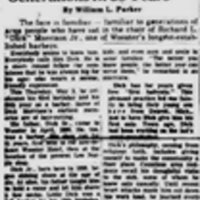
Notable Members: Charels Follis
Charels W. Follis (1879-1910) was the son of Jacob Follis, one of the founders of Second Baptist. After playing at Wooster High School, Follis signed with the Shelby Athletic Club in 1904, where he earned the nickname “Black Cyclone”. Then, Charels played for the University of Wooster and would become one of the first African Americans to play professional football. Today, the Wooster Generals play on Follis Field in his honor. 10
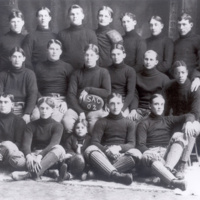
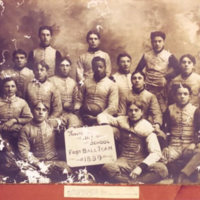
Preserving the Vine Street Church
The original Second Baptist church building from 1892 changed hands several times since the congregation moved. In the 1970s, the building was split into apartments, and in 2009, a Wooster couple bought the land with the intention of demolishing the church to build a Wooster Glass Co. site. Many Wooster community members, however, were opposed to seeing this historic building destroyed. Lydia Thompson, a local leader and Second Baptist’s resident historian, quickly organized a committee to help save the church. As of 2013, the building was dismantled and placed in storage. The preservation committee has high hopes for the building’s future. They hope to convert it into a daycare facility and a black cultural center, preserving the church’s original role as a pillar of African American culture in Wooster. 11
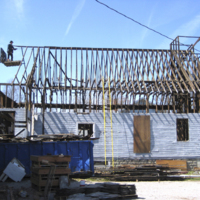
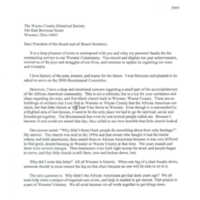
Sources:
1 Alma Kaufmann, “Wooster Negro Buys a Home – Ten Year Story Has a Happy Ending,” The Daily Record, July 13, 1964, “Dick Morrison Dies; An Era Ends,” The Daily Record, Oct. 11, 1977.
2 Alma Kaufmann, “Housing is Rated Number One Problem of Wooster’s Negroes,” The Daily Record, July 11, 1964.
3 Alma Kaufmann, “Wooster Negro Buys a Home – Ten Year Story Has a Happy Ending,” The Daily Record, July 13, 1964, “Dick Morrison Dies; An Era Ends,” The Daily Record, Oct. 11, 1977.
4 Alma Kaufmann, “Housing is Rated Number One Problem of Wooster’s Negroes,” The Daily Record, July 11, 1964.
5 Second Baptist Sets Goal for New Church,” The Daily Record, Oct.10, 1964,4.
6 100th Anniversary: Second Baptist Church, 1892-1992, ed. Souvenir Book Committee, Margaret Bryant, et all, October 11,1992. Second Baptist Church: Wooster, WCPL Genealogy.
7“Dick Morrison, Colored Man Who Has Made Good, Arrived in Wooster Just Forty Years Ago Today,” The Daily Record, April 9, 1920, 3.
8 William Parker, “Woosterian Barbers Five Generations in Fifty Years,” The Daily Record, May 2, 1962.
9 “Dick Morrison Dies; An Era Ends,” The Daily Record, Oct. 11, 1977
10 Ernie Infield, “The ‘Black Cyclone’: A Closer Look at Charles Follis,” The Daily Record, April 18, 1994, A12.
11 Paul Locher, “Second Baptist Church Dismantled and Put in Storage, For Now,” The Daily Record, April 3, 2012.
How to cite this page:
MLA: “Second Baptist and Wooster’s African American Community.” stories.woosterhistory.org, http://stories.woosterhistory.org/second-baptist-and-woosters-african-american-community/. Accessed [Today’s Date].
Chicago: “Second Baptist and Wooster’s African American Community.” stories.woosterhistory.org. http://stories.woosterhistory.org/second-baptist-and-woosters-african-american-community/ (accessed [Today’s Date]).
APA: (Year, Month Date). Second Baptist and Wooster’s African American Community. stories.woosterhistory.org. http://stories.woosterhistory.org/second-baptist-and-woosters-african-american-community/
